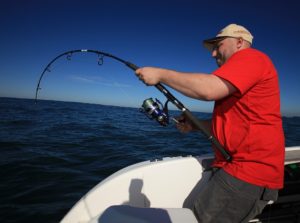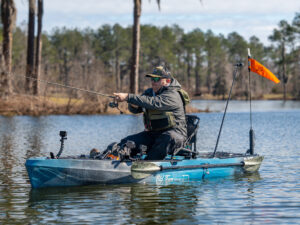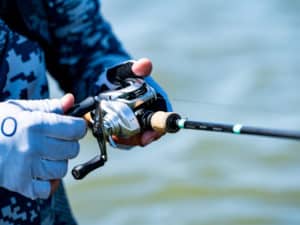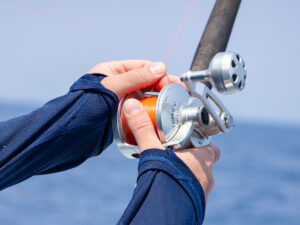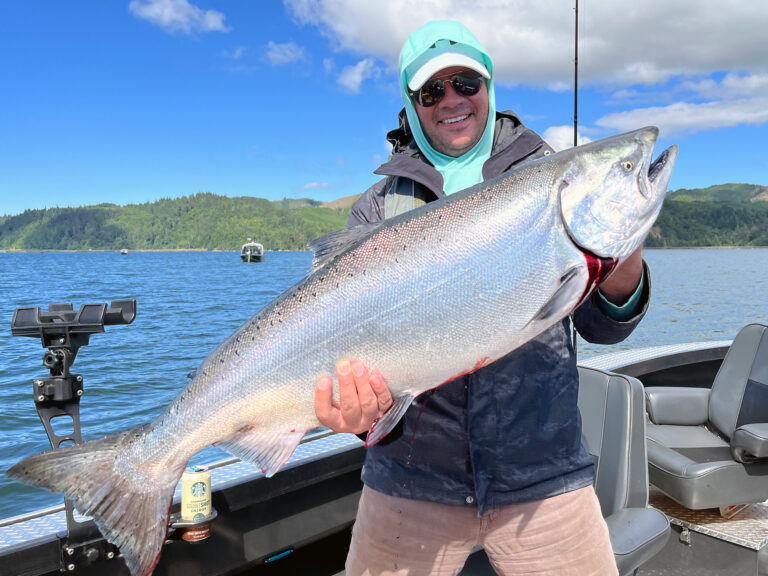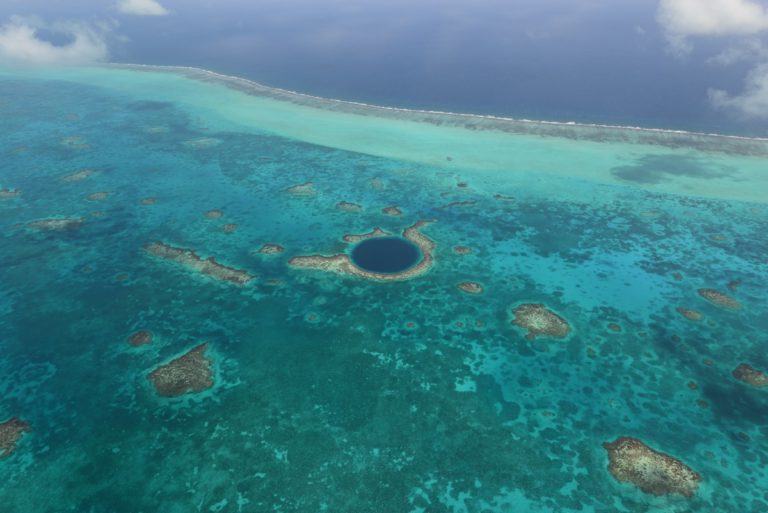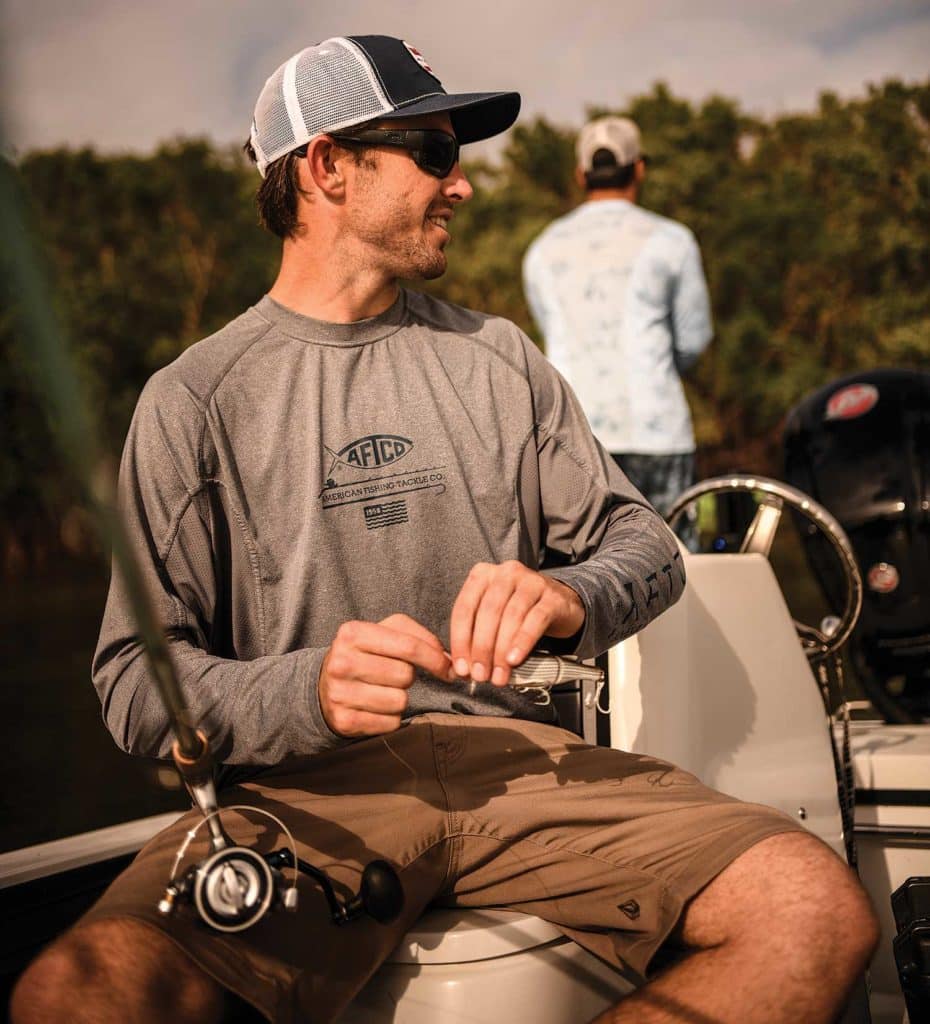
The first evidence of leather garments can be dated back about 40,000 years; cotton clothing appeared in India at around 5,000 B.C.; and the earliest proof of silk clothing dates back to about the same millennium in Japan. In all of these times, and every day since, sweaty anglers have wished for cooler clothing.
There’s not a person reading this who hasn’t felt a trickle of sweat running down his or her brow as the sun rose high in the sky and the morning’s comfortable clothing suddenly became overly hot. There’s not one angler among us who hasn’t stripped down to the bare necessities in a quest for cooler casting. And there’s not one set of eyes passing across these pages that hasn’t been stung by sweat while sending lures aloft.
Today, however, we have clothes that can essentially act as personal air-conditioning.
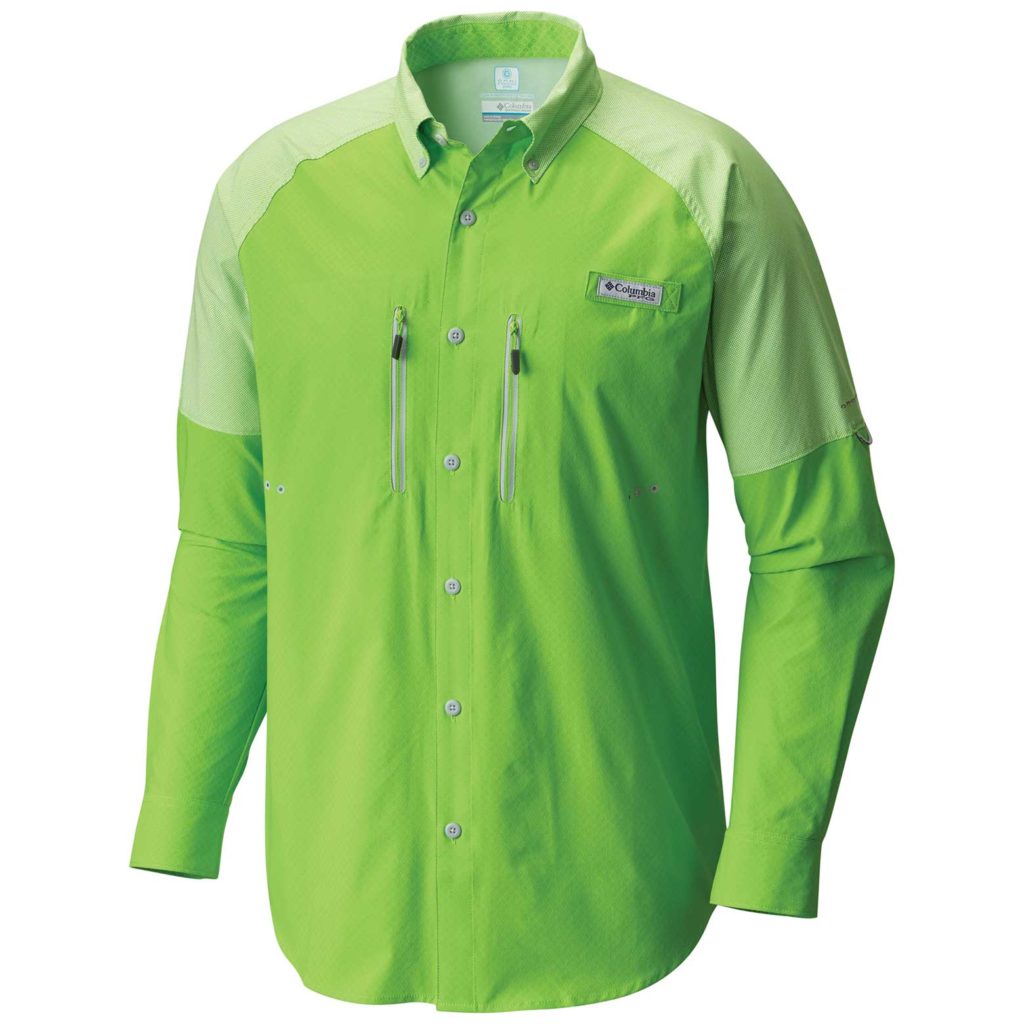
Chill Factor
You’ve probably heard of evaporative cooling, which is why sweating or soaking yourself down with water has a cooling effect. As the water evaporates and turns into gas, it releases latent heat, and when the gas leaves the surface of your skin, it takes that heat with it. An easy way of understanding the process is to think of what happens when you boil water on the stove. Even if you turn up the heat to 500 degrees, the boiling water’s temperature will remain 212 degrees because as the water boils and evaporates, latent heat in that water gets released into the atmosphere. Similarly, the water evaporating from your skin takes heat away with it.
The difference between clothing produced just a couple of decades ago and clothing made today is that textile manufacturers have learned how to turbo-boost the evaporative cooling effect. True, for many years manufacturers have been producing vented clothing that assisted in the process by increasing airflow. And they’re still doing so today. But some modern high-tech fishing shirts can actually increase the effectiveness of evaporative cooling via the fibers and weaves from which they’re crafted.
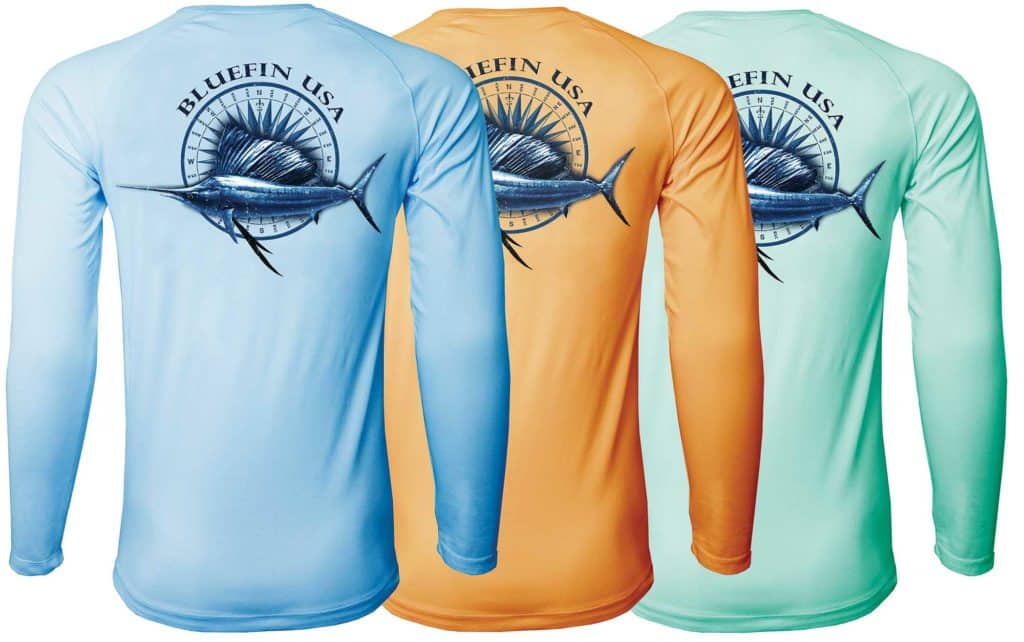
According to AFTCO creative marketing manager Matt Florentino, the Drirelease Geo Cool fabric used in shirts such as AFTCO’s Barracuda are designed specifically to help absorb and dissipate heat to keep you cool, dry, and comfortable as you fish.
What exactly is this “Drirelease Geo Cool” fabric? It includes a blend of 85 to 95 percent synthetic hydrophobic fibers, mixed with hydrophilic fibers. The hydrophobic fibers repel water, while the hydrophilic fibers absorb it. Woven together, they pull moisture away from your body and then push it out through the exterior of the fabric. In this way, they aid and enhance the evaporative cooling effect. Fabrics that are engineered to improve your own body’s cooling efficiency in this way are commonly called “moisture-wicking.”
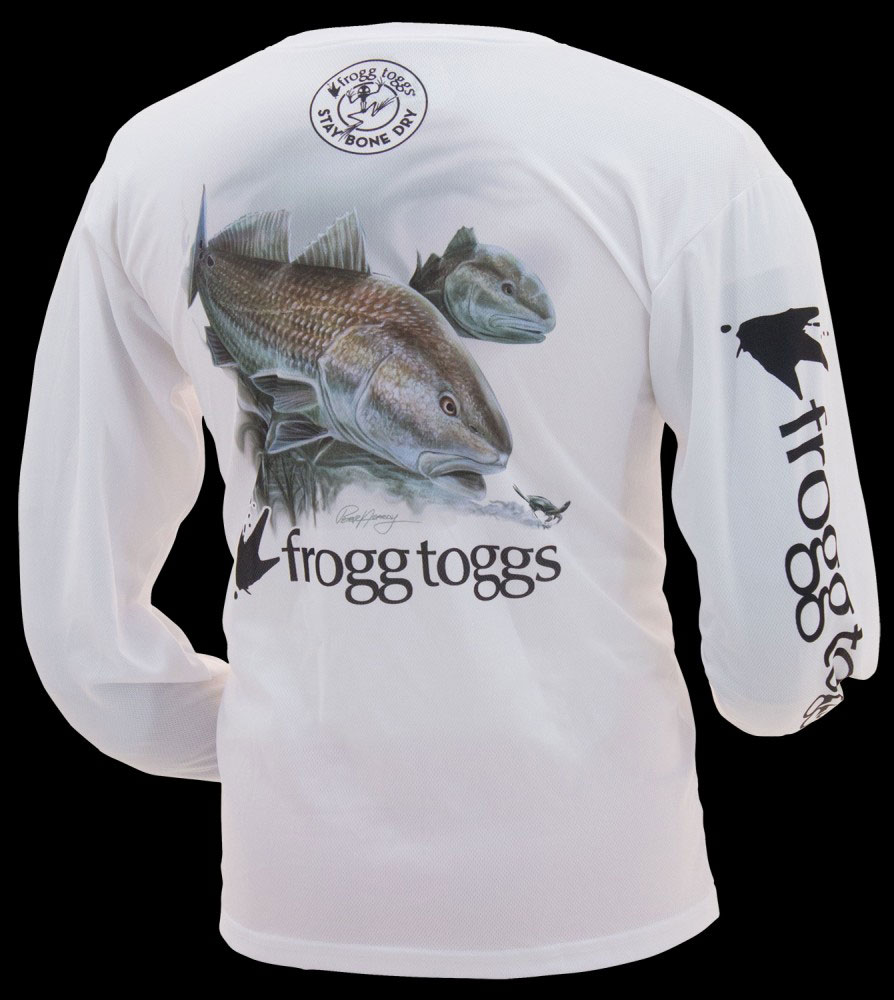
Many of the manufacturers I spoke with consider wicking an important piece of the performance-clothing puzzle. Simms fishing-products community specialist John Frazier says that the company’s shirts utilize Coolcore fabrics, which “manage heat and moisture through regulated evaporation.” Bluefin’s Eros Cattaneo says the Second Skin Solar tee is the ideal technical tee for a long day under the sun because it has both moisture-wicking properties and a vented armpit mesh that keeps the air flowing.
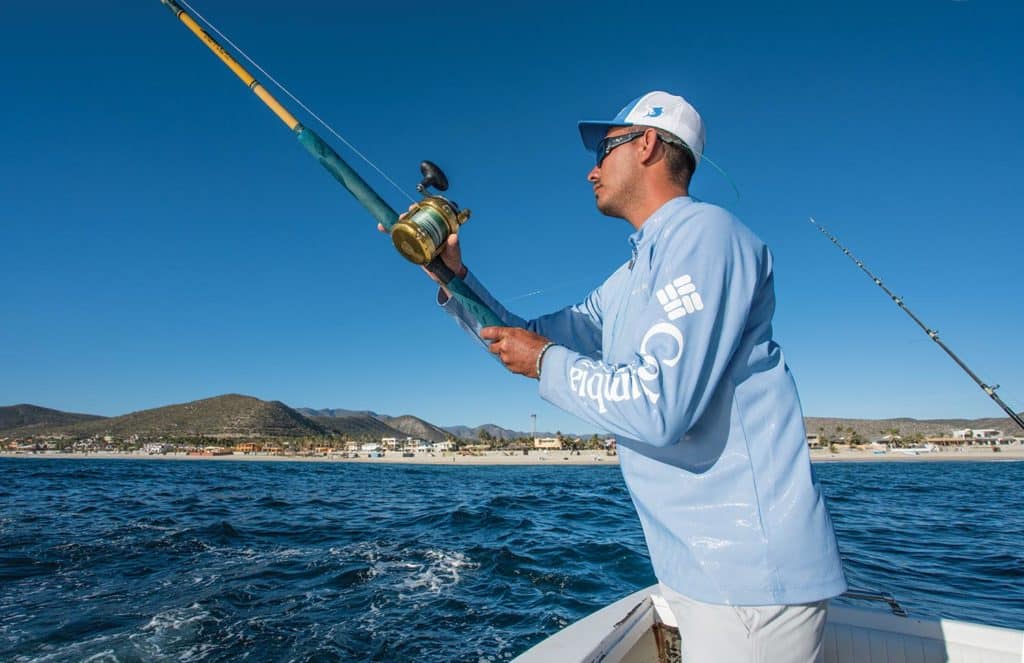
Go with the Flow
Cattaneo’s mention of vented mesh as well as wicking material is important to note because the use of venting, while not quite as high-tech, is still one of the main ways manufacturers try to create cooler clothing. But the newer fabrics aren’t always best for weaving more-formal-looking collared shirts. So if you prefer a shirt that you can wear when going directly from the cockpit to the club, a more traditional weave is probably in your future.
“The look of an AFTCO woven shirt can be the deciding factor if you want it to do double-duty, off the water for a night out or any other scenario that might require a collared shirt,” Florentino points out. And although they might not be quite as advanced in the technical cooling department, these slightly more-formal styles can still utilize improved airflow to keep the temperature down.
There are exceptions, such as Columbia Sportswear’s Solar Shade Zero ¼ zip, which has cooling fabrics (Columbia calls its version Omni-Freeze Zero) but also retains a performance-knit-shirt appearance. At $75, it’s a competitive option compared with many of the other shirts with cooling features; however, this shirt also has some additional tech to offer. “Our Omni-Shade Sun Deflector technology applies thousands of tiny white titanium-dioxide dots to the fabric to deflect the sun’s rays and to protect against harmful UVA and UVB rays,” explains Columbia PFG marketing manager Brent Brauner.
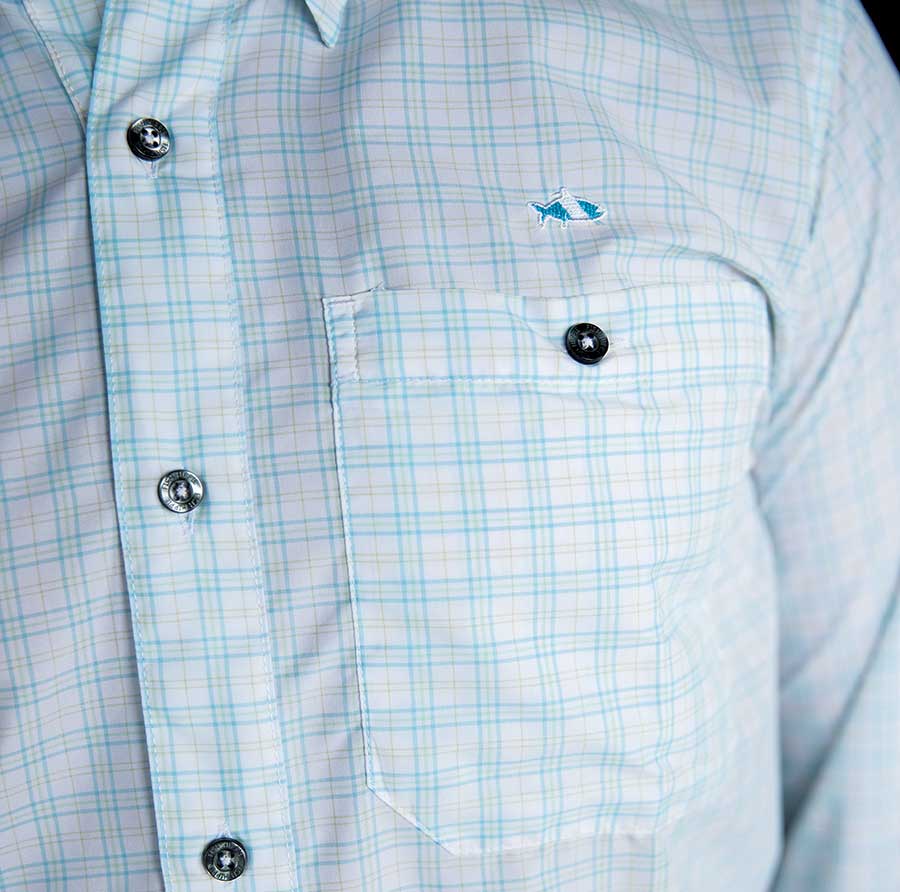
This might be important not just for comfort, but also for safety. In fact, according to the experts, wearing a shirt that’s sun-protective is incredibly important because it’s shielding parts of your body that don’t normally get covered by suntan lotion.
“It’s important to choose UPF-rated clothing,” says Lisa Quale, senior health educator of the Skin Cancer Institute at the University of Arizona Cancer Center. The UPF rating system, which is relatively new, describes the amount of UV radiation a fabric blocks, and is standardized by the FTC.
“Anything 30 or above is great,” Quale explains. “It means the fabric gives about 97 percent UV protection. A UPF of 50 increases that to a bit more than 98 percent, so if you’ll be outside all day, it’s a good choice.” She also notes that a fabric’s UPF rating can be affected by some common fishing and boating activities. “Water can pull the fabrics apart, creating bigger holes for the UV radiation to get through,” she says. “UPF clothing is generally made of a very tight weave and lightweight fabric, and is sometimes water-resistant, so it’s more resilient. But getting a fabric wet is almost always going to increase the amount of UV radiation that can pass through the garment.”
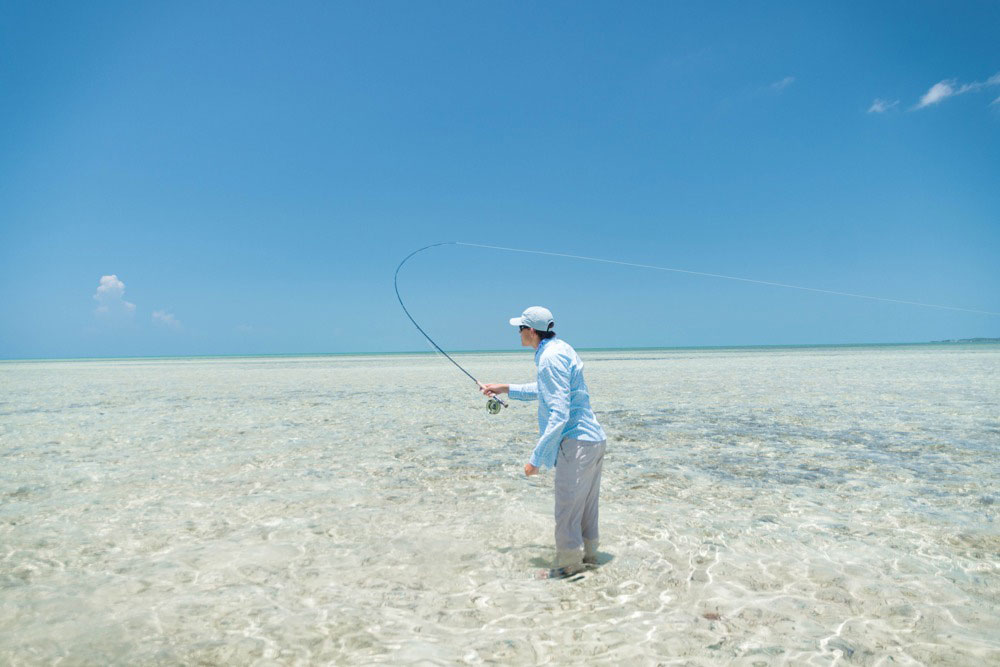
In other words, the decidedly low-tech method of staying cool by dumping a bucket of water over your head while wearing a cotton tee might not only be less effective than choosing high-tech cool clothing in the first place, it could also be downright hazardous to your health. In fact, the reasons for arming yourself with today’s cool clothing are so simple, even a 40,000-year-old caveman would get it.
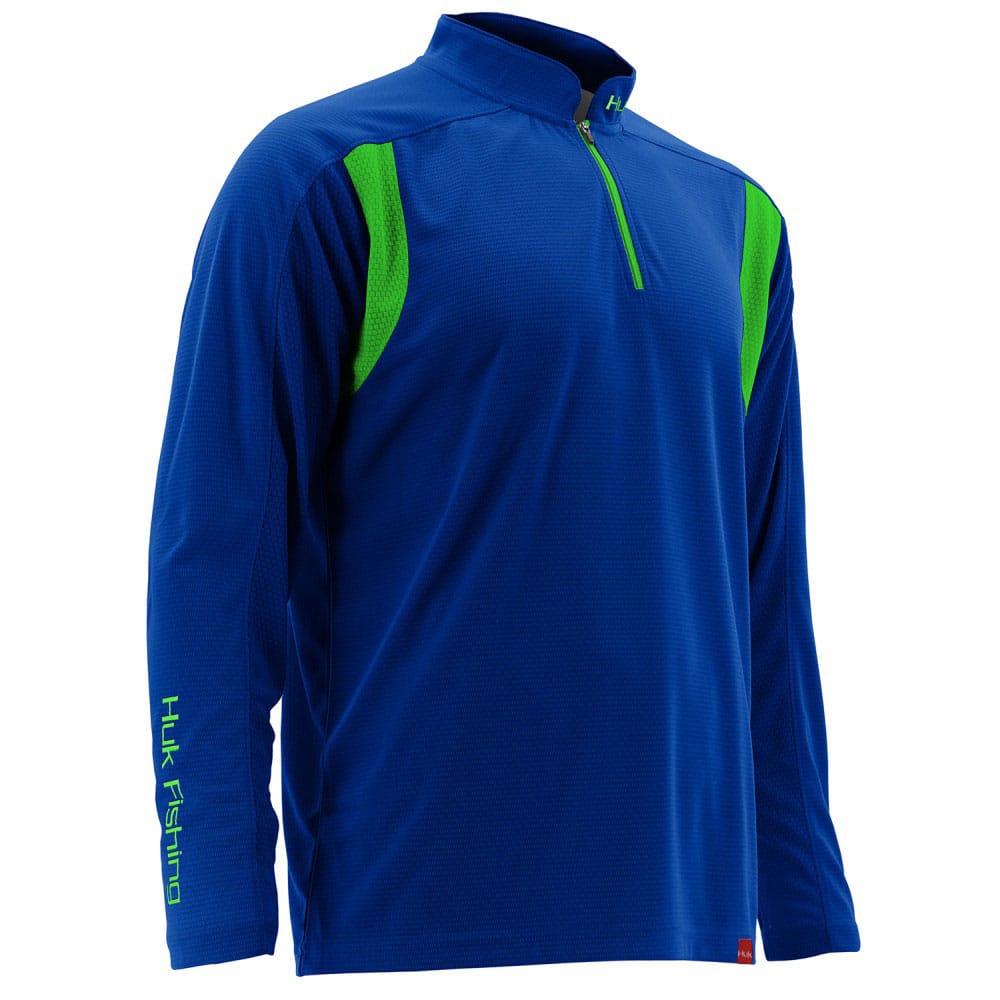
Fabrics of the Future
Just a little over a year ago, researchers at Stanford University announced that they had developed a fabric that might be able to provide even more relief from the heat. Nanoporous polyethylene has pores between 50 and 1,000 nanometers in diameter, which scatter visible light yet allow infrared energy to pass through. In other words, the sun can’t get in, but your body heat can escape out without being blocked (as happens with other fabrics).
Read Next: New Rain Jackets for Fishing
The researchers believe that they can coat the fabric with polydopamine (a material designed for the biomedical industry, used to coat nanoscale surfaces to change their physical properties) to give it wicking properties. Tests prior to coating show a temperature drop of almost 5 degrees Fahrenheit, so when combined with wicking, this fabric might one day bring a whole new level of cool to clothing.

